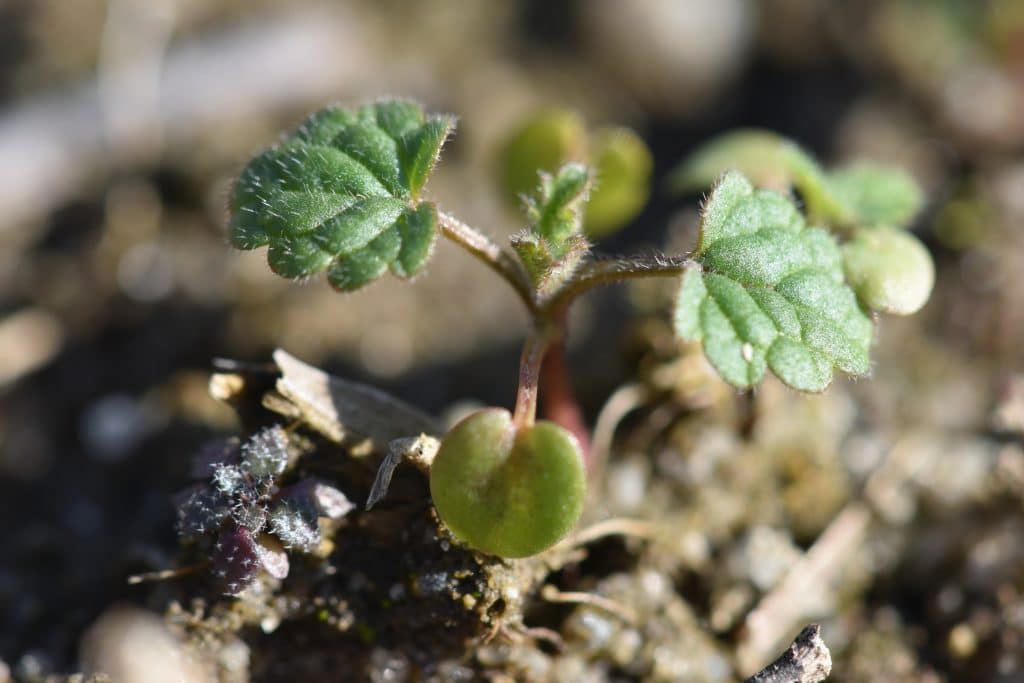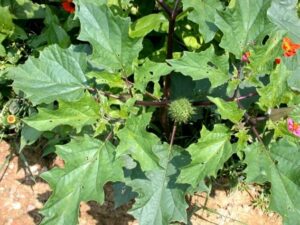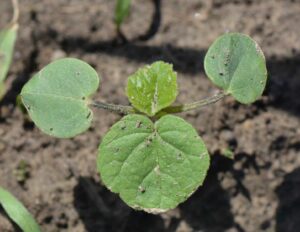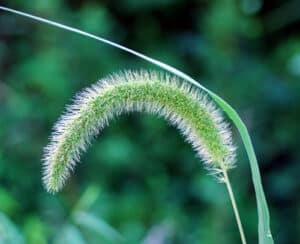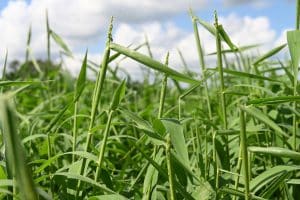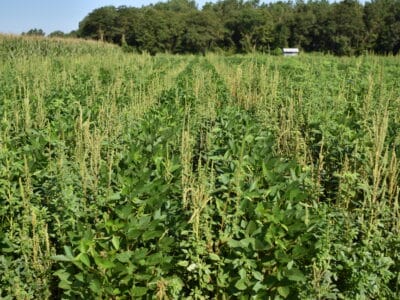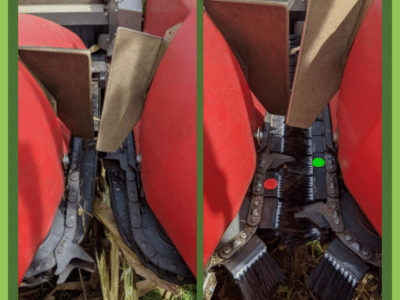Lamium amplexicaule L.
Also known as: hen’s bite, henbit nettle.
Similar species: purple deadnettle
Note: This information is based on experience in the Mid-Atlantic state; recommendations in other regions may vary.
Henbit is a winter annual species from the Lamiaceae family (mint). New plants emerge from seeds primarily in the fall, with some early spring germination, it competes primarily with winter forage and grain crops.
Henbit is an alternate host for corn earworm and soybean cyst nematode, and it is an overwintering host for two-spotted spider mites in areas of the southern U.S. In a recent survey, henbit was listed as one of the ten most troublesome and ten most common weeds of wheat and small grains in the southern U.S.
Identifying Features
Henbit stems are square, green to purple, and nearly hairless. Henbit is a short plant, seldom more than 5 inches tall, but can develop a low-growing (prostrate) growth with plants of over 5 inches in diameter. Lower leaves are round to heart-shaped and have petioles (petoliate); upper leaves do not have petioles (sessile), with leaves encircling the stem at the base. Henbit is one of the first species to flower in the spring, developing showy pink to purple flowers.
Seed Production
A single plant can produce up to 2000 seeds. Seeds can remain viable for well over ten years under no-till conditions. Most seedlings emerge from seeds in the top inch of soil. Henbit is effectively controlled with most spring burndown applications for corn or soybean, but these applications are often made after viable seeds are produced.
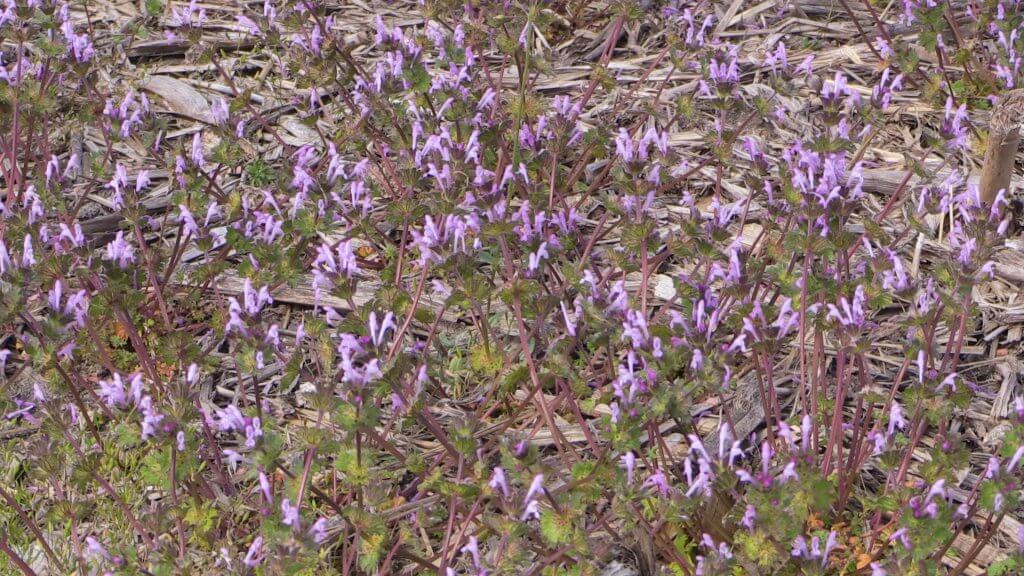
Herbicide-Resistance
Resistance to Group 2 (ALS herbicides chlorsulfuron and propoxycarbazone) was reported in Kansas in 2014.
Management
Plants are easier to control in the fall. Plants can be controlled with full rates of thifensulfuron plus tribenuron, 2,4-D plus dicamba, or aminopyralid. For burndown, fall applications of glyphosate or paraquat, or spring applications of glyphosate plus atrazine, paraquat plus atrazine, or glyphosate plus metribuzin are effective. When considering long-term management of henbit, apply burndown treatments in the fall or early spring shortly after henbit begins flowering to stop the production of viable seed.
Plants emerging with fall-seeded forage grasses are difficult to control. Treatments with the low labeled rates of dicamba plus 2,4-D on seedling grasses are somewhat effective when applied early in the fall. However, these early applications sometimes result in significant crop injury and have little to no residual activity to control later emerging winter annual weeds.
Corn and Sorghum
Typically, only present in no-till fields. Glyphosate plus triazine or paraquat plus triazine applied preplant burndown are effective.
Soybean
Typically, only present in no-till fields. Plants are often senescing (ending their life cycle) during the period soybean burndown applications are made. Effective preplant burndown with glyphosate or glyphosate plus metribuzin.
Small Grains
Thifensulfuron plus tribenuron applied during the fall or spring or metribuzin applied during the spring are effective (in states with 24[c] registrations). Thifensulfuron and tribenuron are both Group 2 (ALS inhibitor) herbicides, to which henbit has developed resistance in Kansas. This approach should be rotated with other herbicides with different modes of action such as dicamba, Group 4 (synthetic auxins) or bromoxynil, or Group 6 (PSII inhibitor), which are slightly less effective but adequate.
Perennial Forages
For alfalfa establishment (conventional tillage), preplant- incorporated application of Eptam. For fall no-tillage establishment, glyphosate. For seedling alfalfa, applications of bromoxynil, Roundup (Roundup Ready alfalfa only), or paraquat (dormant application).
For newly seeded grasses, 2,4-D plus dicamba applied early postemergence are marginally effective, but injury can be significant. For established grasses, 2,4-D plus dicamba (higher rates than newly seeded), triclopyr plus 2,4-D, triclopyr plus fluroxypyr, or products containing metsulfuron or aminopyralid (where available) applied during the fall or early spring are effective.
Fallow or Spot Treatment
Fall application of glyphosate or paraquat.
This content was presented in the “Mid-Atlantic Field Crop Weed Management Guide” (2020), Penn State Ag Communications, AGRS-136
